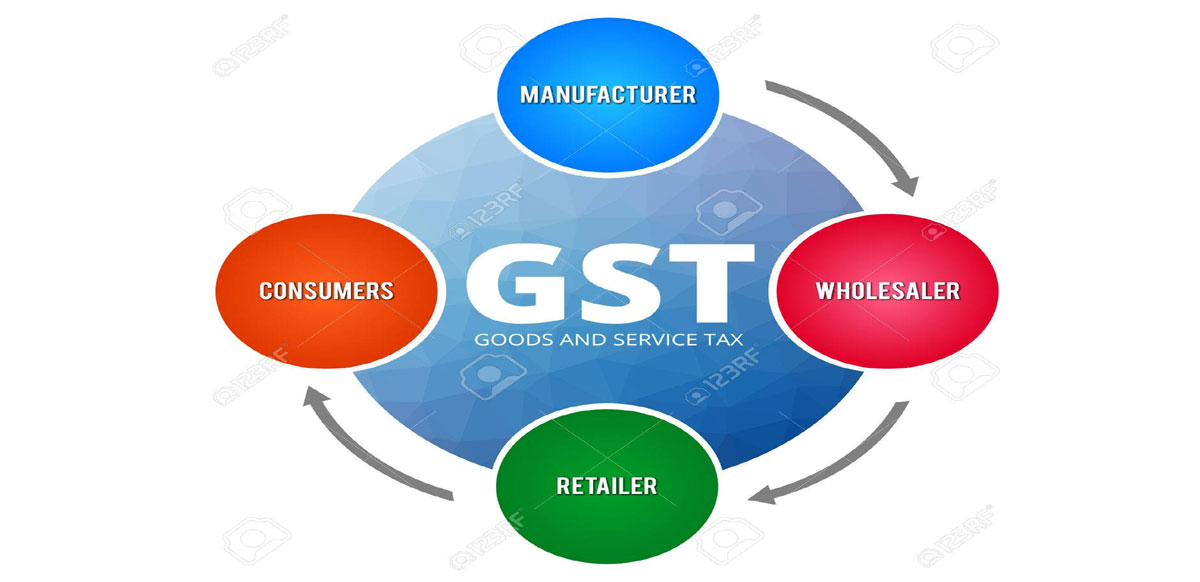
GST Registration
GST Registration- An Overview
Under section 279A of the Constitution of India, the GST council is formed. The GST council comprises of the Union Finance Minister, Union Minister of the State Revenue Minister and the Union Minister of Finance and Tax for the respective state councils. All the respective laws and rules which apply to GST registration for a business would be in the respective central and state websites. GST is an abbreviation for Goods and Services Tax.
This law was brought in 01 July 2017 with a view of removing all the other forms of indirect taxes in the country. GST applies to any form of service or products which are produced and manufactured in India. This would also apply to freelancers as per the new labour law amendments.
As a result of GST other forms of taxes such as VAT, Entertainment Tax, Sales Tax, Octroi have been combined and incorporated into one law. For every step in the supply chain, a specific amount of rate of GST is charged. The procedure for GST registration is completely an online process. Hence businesses would not have to go offline to carry out this form of registration.
Cycle of GST
The following cycle is utilised in GST. As mentioned earlier GST is levied on every stage of the process. The following figure shows how GST would be levied:
GST Registration
Businesses exceeding the threshold turnover must register for GST, obtaining a unique GSTIN (Goods and Services Tax Identification Number). Registration allows businesses to legally collect GST from customers and claim Input Tax Credit (ITC) on their purchases, enabling them to comply with the GST framework.
Invoicing
Businesses issue GST-compliant invoices for every sale, clearly stating the GST charged and relevant HSN/SAC codes. Accurate invoicing ensures proper tax collection and compliance with GST regulations. These invoices also facilitate claiming Input Tax Credit (ITC) during tax payments, making them an integral part of the GST cycle.

GST Returns Filing
Periodic filing of GST returns, such as GSTR-1, GSTR-3B, and GSTR-9, is required to report sales, purchases, tax payments, and Input Tax Credit (ITC) claims. These returns ensure compliance with GST regulations, and timely submissions help avoid penalties, making accurate filing a crucial part of the GST cycle.
Tax Payment and Reconciliation
After calculating GST liabilities, businesses pay the tax due, adjusted with Input Tax Credit (ITC). Regular reconciliation of returns with financial records is essential to avoid discrepancies. Proper tax payment and reconciliation ensure smooth GST compliance, preventing audits, disputes, and penalties from tax authorities.

























